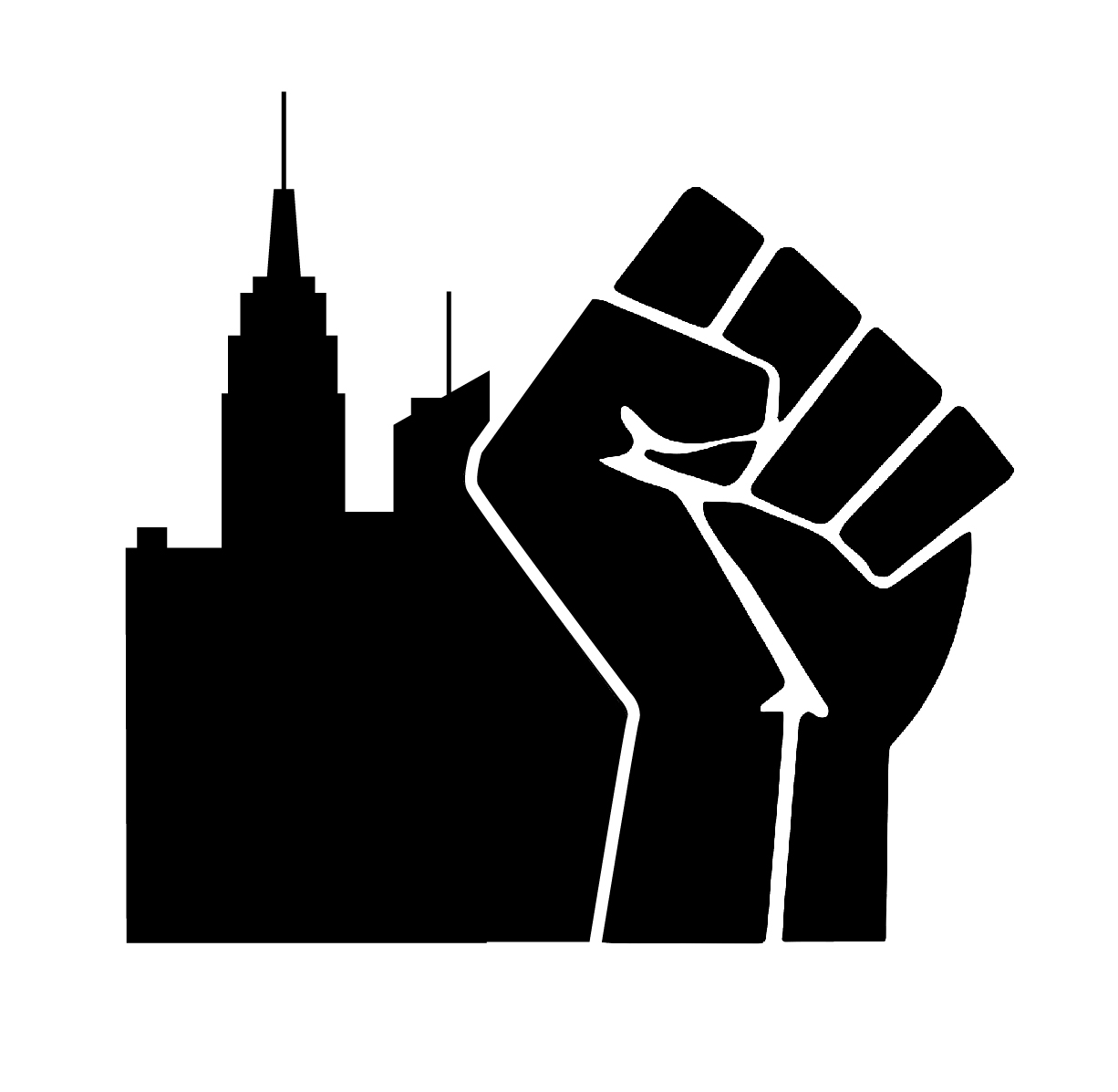Imagine you’re working as an Uber driver, committed to working 65 hours a week, and the only other form of income you rely on is from the occasional car repairs you do for neighbors, which only occurs three or four times a month. You have been working extra hours to pay off credit card debt. Unexpectedly, your driver account is deactivated without notice or reason. You attempt to reach a person on the phone to file a complaint, but there’s no answer. Working as an independent contractor, you realize you are left without any of the protections afforded to employees under state, federal, or local laws. You have no retirement plan, health insurance, or money saved for your children’s college tuition. What do you do?
Making Defendants Pay For Ankle Bracelets Is The Functional Equivalent of Cash Bail
The United States criminal justice system currently holds “almost 2.3 million people.” Out of the 2.3 million people incarcerated, 612,100 are held in state jails. Out of those 612,000 inmates, 462,000 have not been convicted of any crime. Shockingly, only 24% of those being held in state jails have actually been convicted of a crime. Statistically, over “74% of people held by jails [have not been] convicted of any crime” and are being held in pre-trial detention.
How Copyright Law Perpetuates the Lack of Diversity in Comics
In 2015, Marvel Comics announced a revamp of its publishing line dubbed the “All-New, All-Different” Marvel. The initiative replaced the white, male versions of its longstanding superheroes with members of groups underrepresented in the superhero genre. The mantle of Captain America passed from Steve Rogers to the African-American Sam Wilson. The Norse-god Thor was replaced with a female goddess. Miles Morales—an alternate version of Spider-Man of Afro-Latino heritage introduced several years earlier—received new prominence, and the Korean-American teenager Wolfgang Amadeus Cho supplanted Bruce Banner as the Hulk. The titular armor of Iron Man now protected a 15-year-old African American girl named Riri Williams. Just two years later, in 2017, Marvel announced yet another rebranding, known as “Legacy,” that restored most of its characters to their traditional white male identities. Around the time of that announcement, David Gabriel, one of the company’s vice presidents, explained that comic fans “didn’t want any more diversity…. We saw the sales of any character that was diverse, any character that was new, our female characters, anything that was not a core Marvel character, people were turning their nose up against.”




